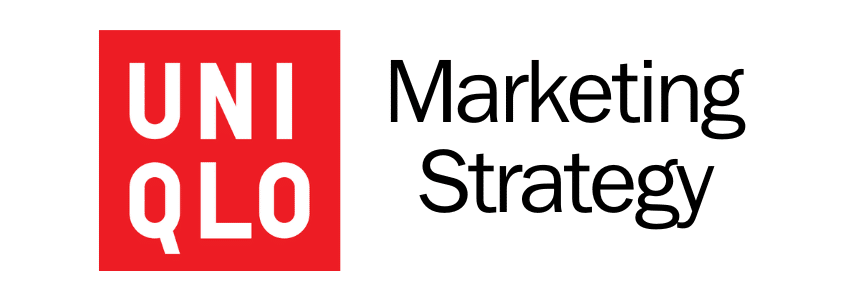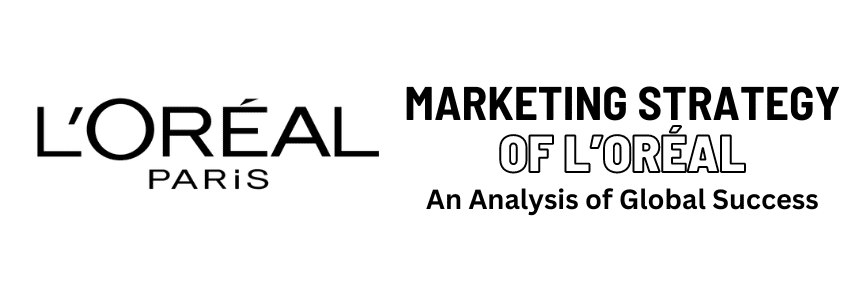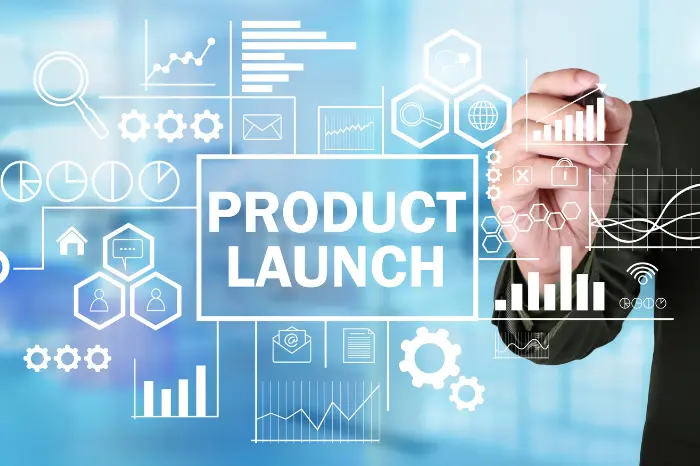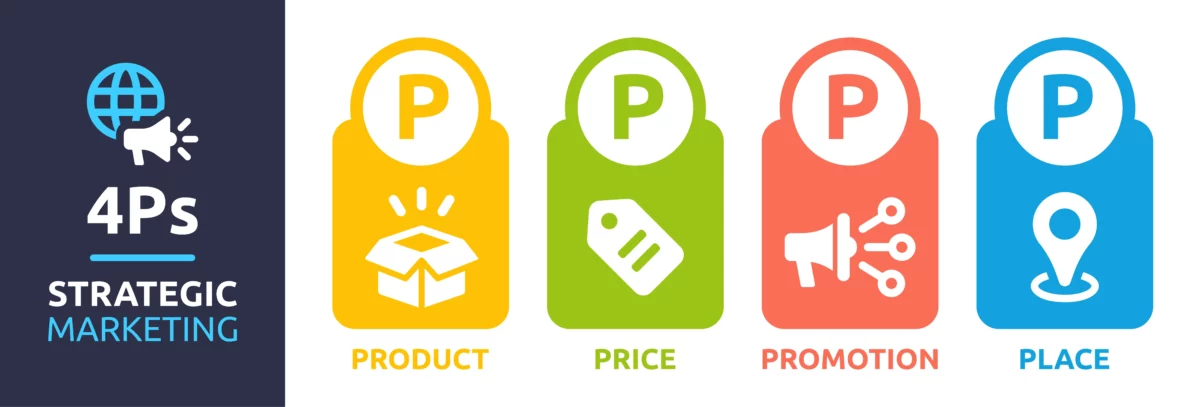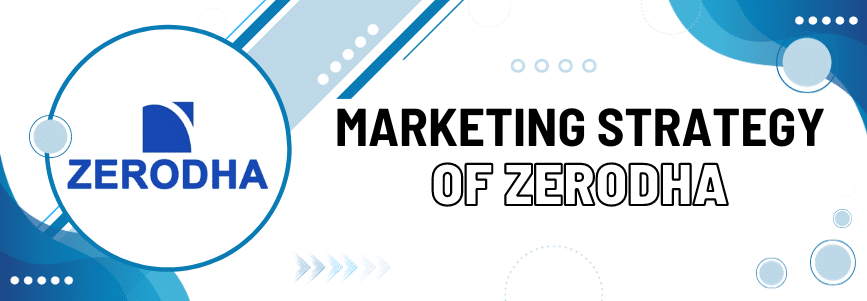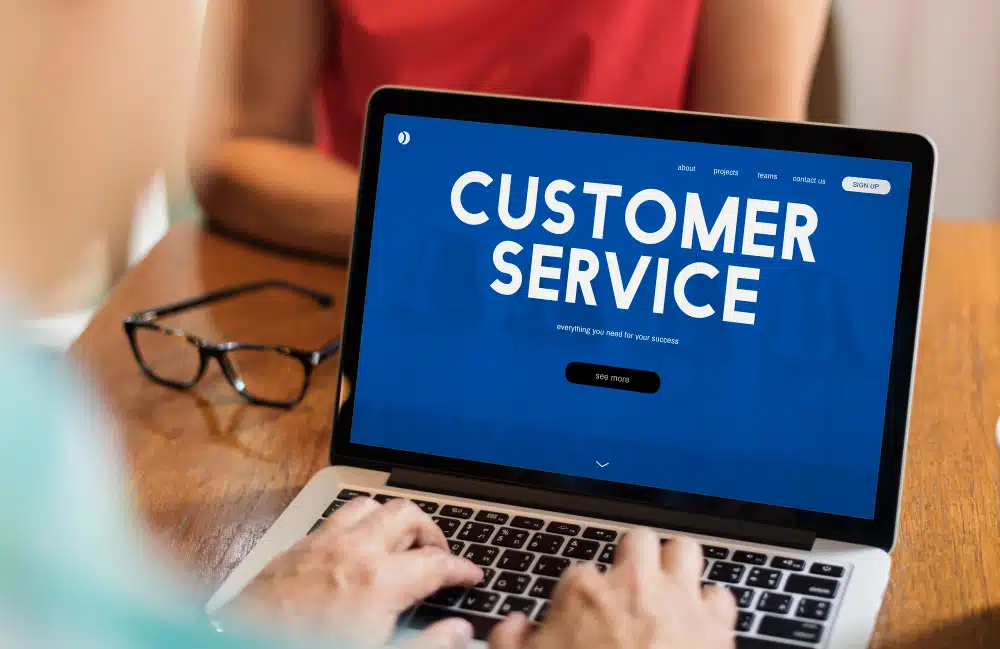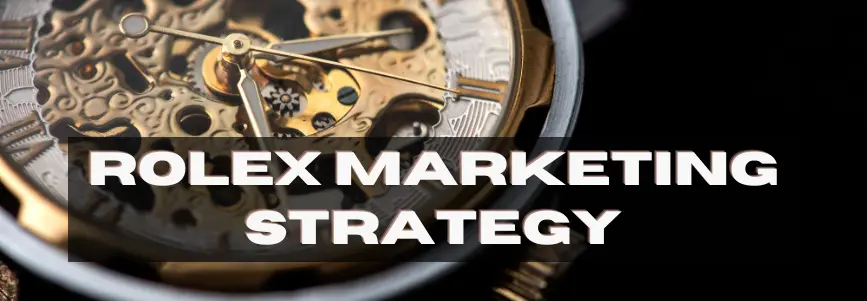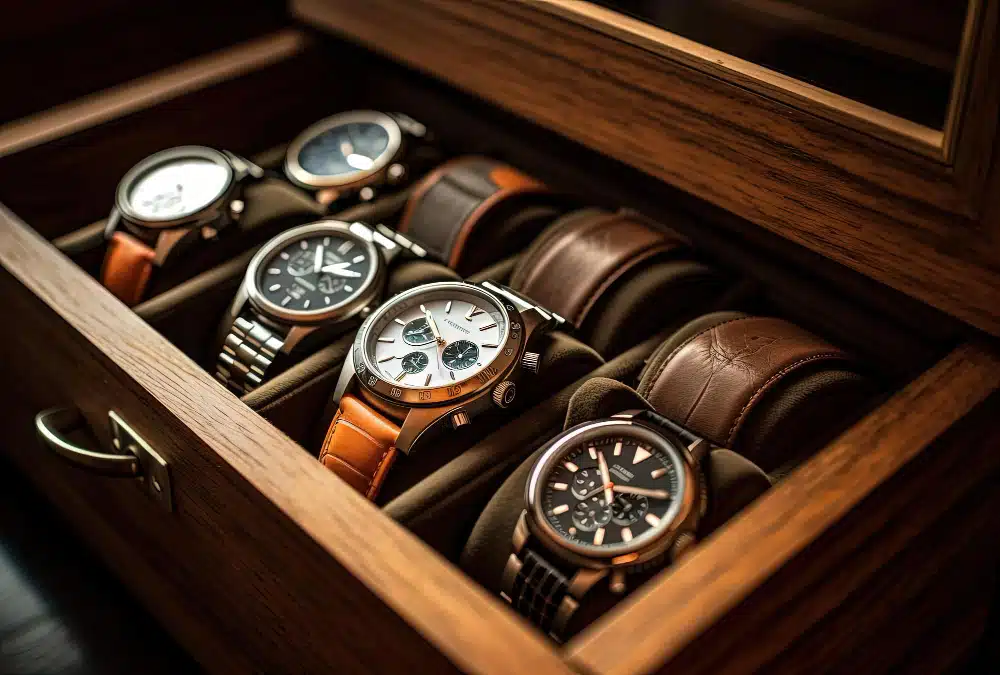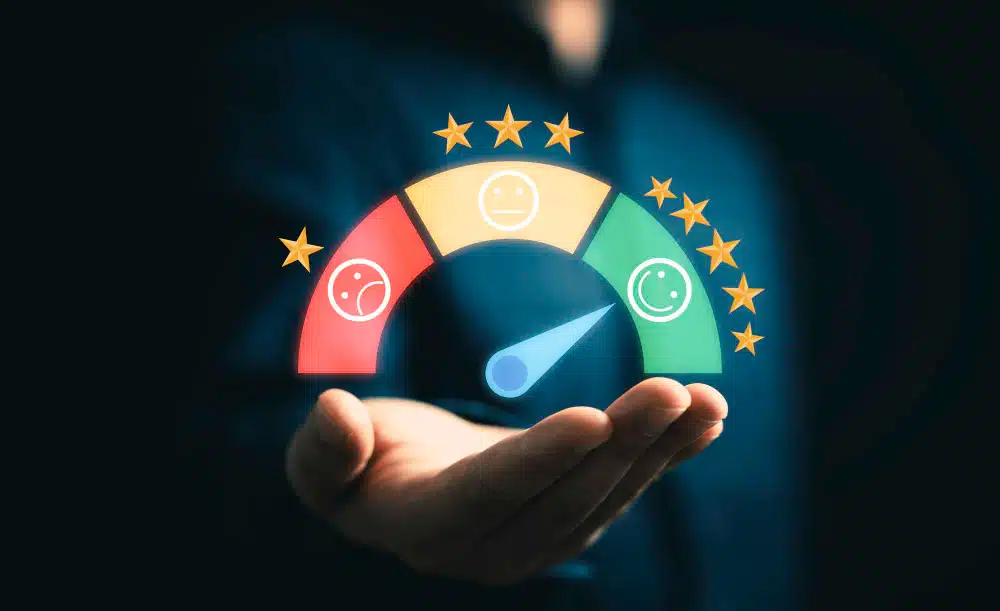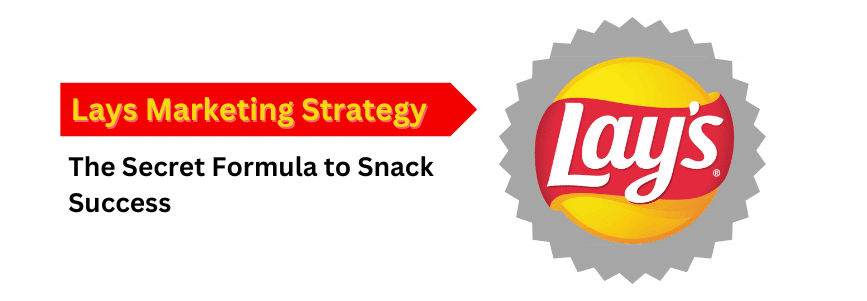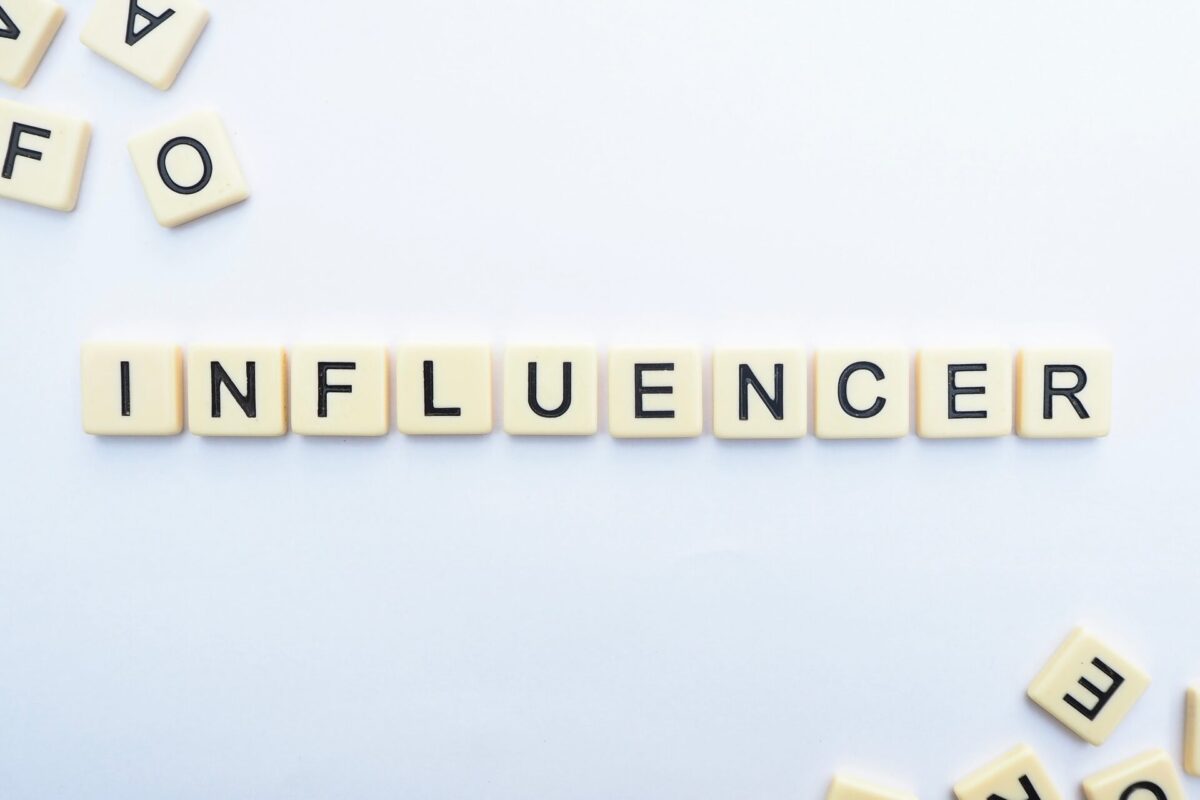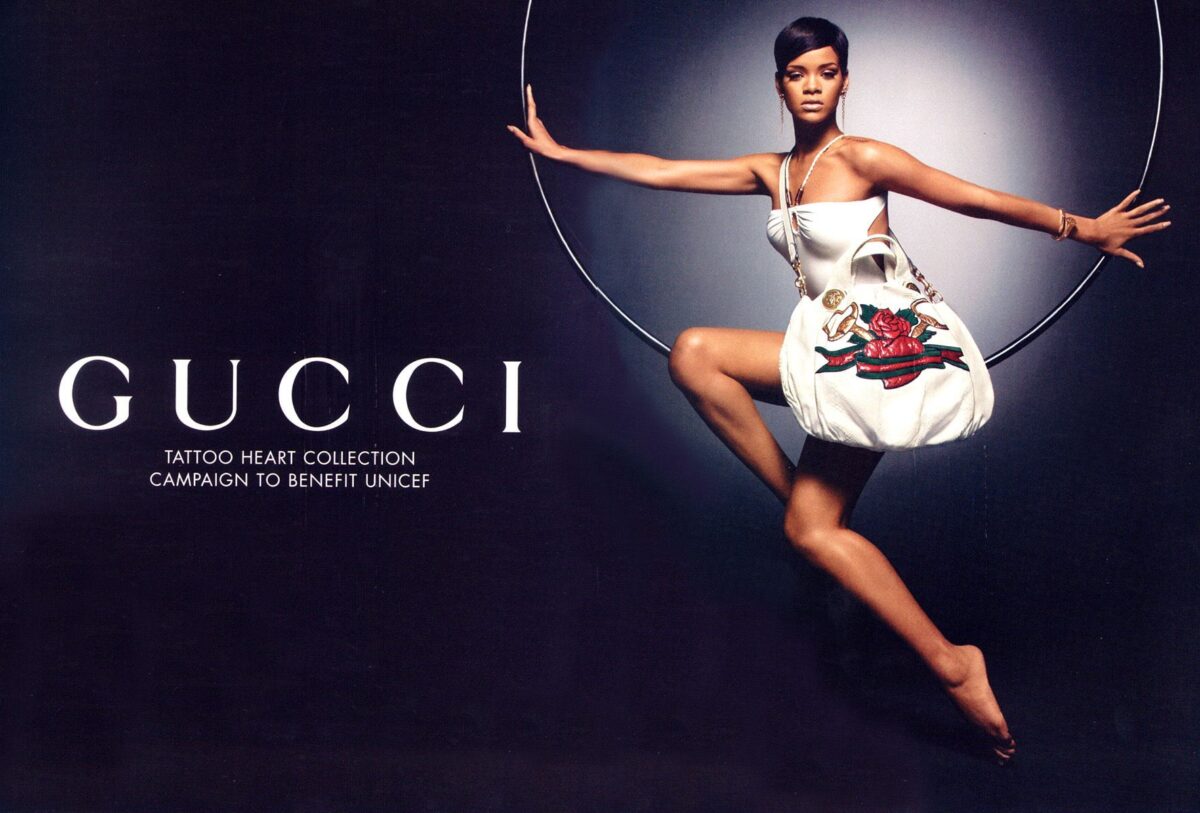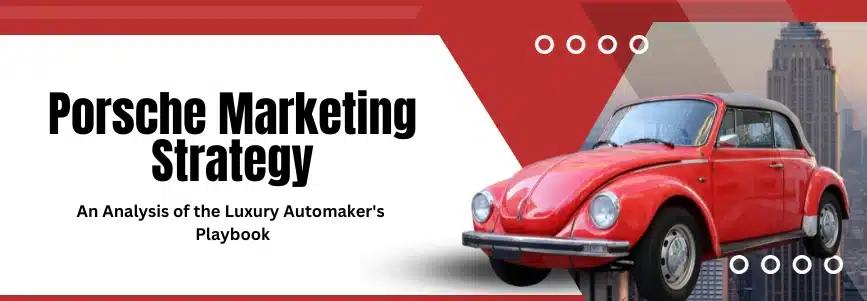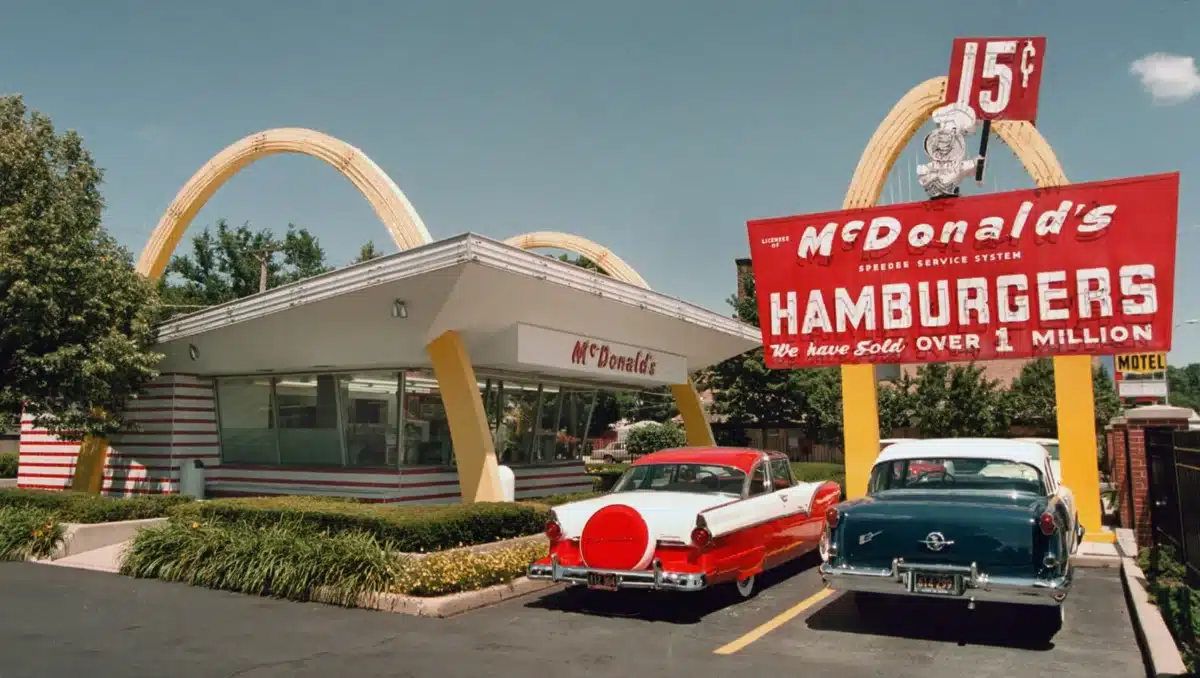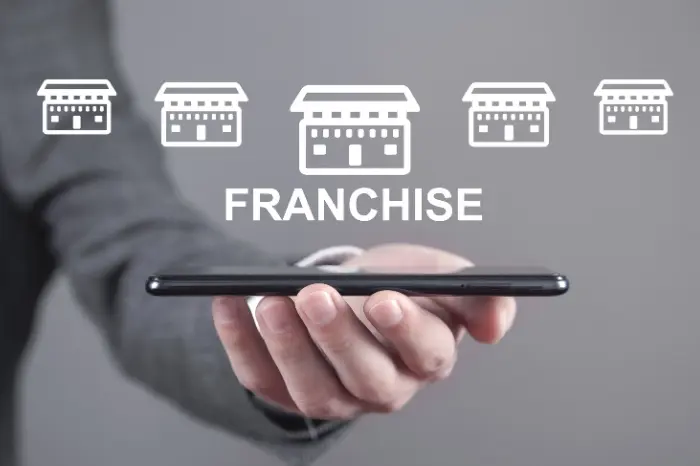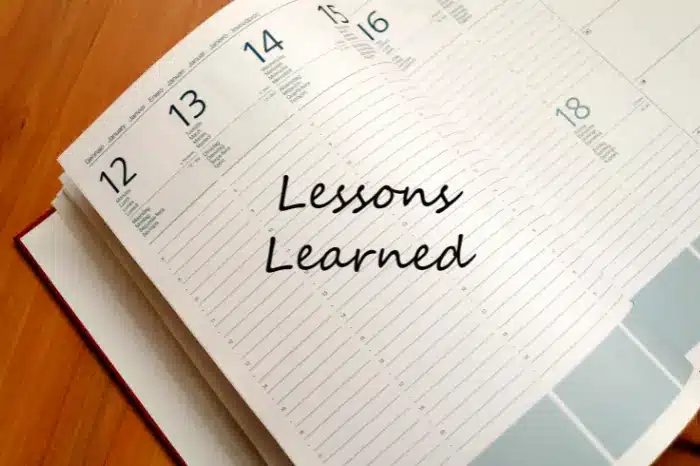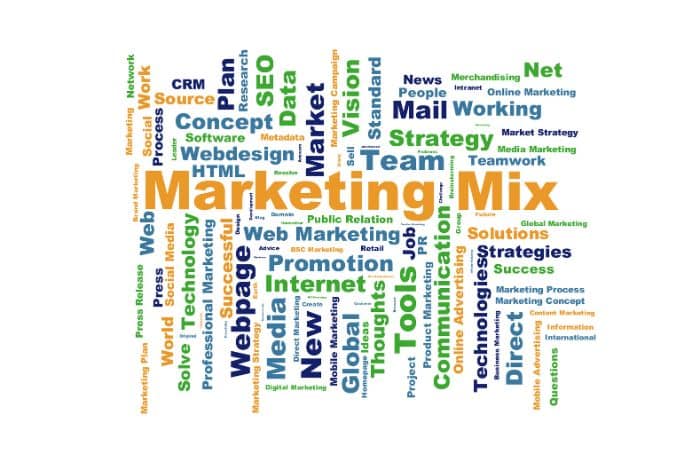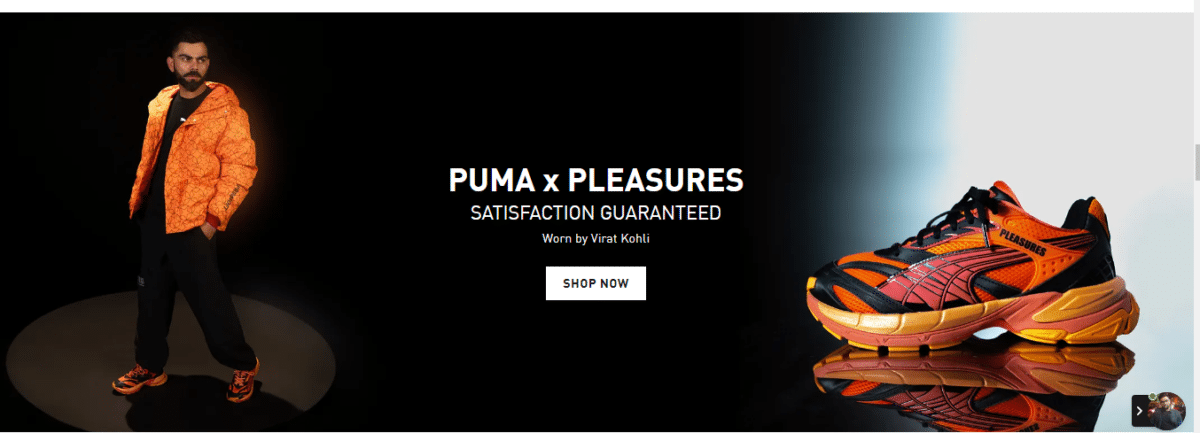I. Introduction
Uniqlo has carved a unique niche for itself in the competitive apparel industry. Established in Japan in the 1980’s, Uniqlo has now grown into a renowned global fashion brand. Its functional, high-quality basics resonate with millennials and Gen Z worldwide.
A disciplined marketing approach focused on continuous innovation, brand partnerships, and customer engagement has been vital to Uniqlo’s expansion. This article will analyze the components behind the brand’s trailblazing success.
II. Historical Context
A. Founding and Early Years
Uniqlo began as a small menswear store in Hiroshima in the 1980’s. Owned by Fast Retailing, the retail business was called “Unique Clothing Warehouse” to signify one-of-a-kind everyday clothes.
In the 1990’s, Fast Retailing suffered losses and a rebranding to “Uniqlo” marked a turnaround strategy. This refocused Uniqlo as an affordable casual wear label combining style and practicality.
B. Milestones in Marketing Evolution
Uniqlo’s first global store opened in London in 2001, signaling its rapid growth beyond Japan. Collaborations with fashion icons like Jil Sander and Inès de La Fressange established credibility in European luxury markets.
The launch of the iconic HeatTech fabric in 2003 cemented Uniqlo’s functional clothing proposition. Innovative materials with appeal across regions became a pillar of the emerging LifeWear concept.
Omnichannel expansions via online channels and Category Killer formats accelerated since 2010. Uniqlo now operates over 2,300 international stores reproducing quality in-store experiences.
III. Uniqlo’s Target Audience

A. Demographic Segmentation
Uniqlo primarily targets urban-dwelling millennials and Generation Z consumers looking for affordable and modern wardrobe essentials.
With a global distribution spanning key metropolitan hubs, Uniqlo aims to cater to young professionals leading fast-paced 24/7 lifestyles across continents.
B. Psychographic Analysis
Beyond demographics, customers resonate most with Uniqlo’s commitment to simplistic, pragmatic clothing engineered for regular wear.
Buyers praise functional details in product design aligning with active day-to-day mobility spanning work, rest and play. They appreciate clothes manifesting flexibility rather than trends.
Uniqlo customers also share an orientation toward conscious consumption – seeking quality garments that withstand years over fast fashion’s shorter shelf lives.
Also Read – ZEPTO MARKETING STRATEGY: CAPITALIZING ON INSTANT CUSTOMER INTENT
IV. Brand Positioning
A. Unique Selling Proposition
Uniqlo’s unique value proposition is “made-for-all” apparel united by subtle Japanese aesthetics meets innovation. This positioning aptly captures LifeWear’s universality.
B. Brand Image and Perception
Uniqlo enjoys reputation as the “Apple of the fashion industry” for cool, sleek, technologically advanced clothing delivering practical magic across gender and cultures.
Surveys indicate over 86% modern professionals recognize Uniqlo as the iconic one-stop destination for affordable wardrobe MVPs optimized for regular lifestyles.
V. Product Portfolio
A. Clothing Lines
Uniqlo’s extensive product lines cater to everyday clandestine needs across functions. Key categories are Ultra Light Down jackets, fluffy Fleece sweaters, Smart Pants featuring 4-way stretch, and moisture-wicking AIRism undertops.
The HeatTech line pioneering warmth generation via absorption continues to be Uniqlo’s hero. New fabrics like BloomingAir and Souffle focus on breathability and shape retention.
B. Collaborations and Special Collections

Capsule collections with Alexander Wang, Marimekko and iconic characters like Hello Kitty and Peanuts amplify accessibility while retaining signature minimalism.
UT (T-Shirt) collections also allow co-creation representing Japanese graphics, landmarks and pop-culture. Such niche partnerships augment core philosophy.
VI. Global Expansion
A. Market Entry Strategies
Uniqlo built an internationally consistent brand identity before expanding abroad to sustain replication. Flagship stores in prime retail hotspots announced its arrival combining high visibility with immersive experiences.
Convenient online shopping and mobile apps synchronized launch timings across channels. Localization efforts in pricing, languages and payment methods demonstrate understanding of cultural nuances.
B. Successes and Challenges
Partnering with brand ambassadors like Roger Federer and leveraging tennis and golf sponsorships widened popularity beyond Asia. Today Uniqlo enjoys remarkable resonance across America and Europe, especially among Gen Z.
However supply chain, inventory and predicting regional sizing complexities proved difficult. But Uniqlo persevered without compromising quality, even if it meant short-term pains on profitability. Its customer loyalty stemming from integrity enabled course-correction.
VII. Digital Marketing
A. Online Presence

Uniqlo works to inspire online too through signposting wardrobe combinations that manifest LifeWear’s understated style. E-commerce invests in capturing fabric textures, stretch and drape to mimic in-person trial rooms through short films showing clothes in motion.
Smart recommendation engines powered by purchase history and survey data enable personalized discovery aligning to shopper lifestyles and preferences. Fast checkout and frictionless returns make buying seamless.
B. Social Media Engagement
Hashtag campaigns celebrating self-expressions of customers foster user generated content on Instagram and TikTok. Contests encouraging Mix and Match outfit curations further community participation tied to rewards.
Uniqlo ambassadors share closet essentials and styling hacks that feel authentic, driving adoption organically via advocacy. Short video partnerships with influencers humanize functional apparel.
VIII. In-Store Experience
A. Store Layout and Design
Uniqlo stores implement a design concept called “Uni-dentity” allowing easy navigation across locations through unified fixtures, material palettes and visual branding. Holistic categorization based on weather or activity needs eases choice paralysis.
Strategic placement of core products creates showrooming inspiration while clear signposting facilitates self-service without overwhelming shoppers. Consistent training empowers helpful customer assistance anywhere globally.
B. Customer Interaction Strategies
Pleasant checkout interactions reinforce Uniqlo’s Japanese hospitality lineage rooted in thoughtfulness. Tailored loyalty programs reward repeat purchases while daily restocking of popular lines encourages return visits.
In-store events like exclusive previews, customization studios, and sustainability workshops establish community beyond transactions, cementing emotional connections. Physical spaces feel welcoming third-places bridging digital discovery and closures through conversations.
IX. Pricing Strategy
A. Competitive Pricing
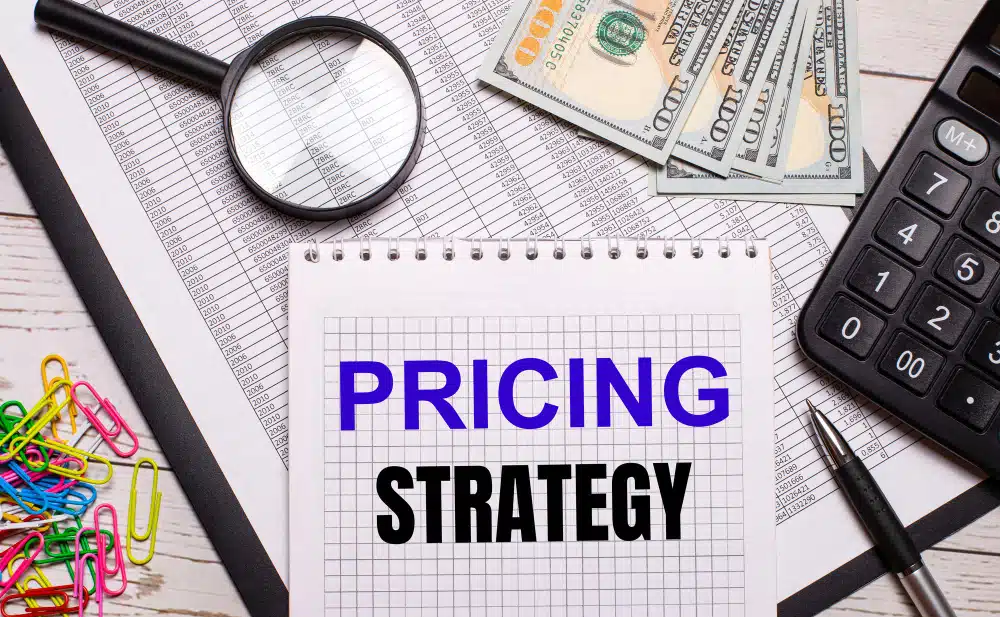
By maximizing operational efficiencies, Uniqlo offers affordable designer quality. For example, a premium cashmere sweater retails for just $100 compared to equivalent luxury brands pricing over $300. Standardized global pricing with minor currency conversions builds trust.
B. Value-Based Pricing
Lifetime guarantees on select fleece lines reassure durability-seeking buyers of future savings from one-time investments. Bundled sets provide additional discounts to boost flexibility. Clear markdowns during biannual sales events offer transparency.
Pricing is centered not just on costs or market standards but the wealth of research, technology and responsible care customers gain. This establishes the brand’s accessible luxury position of “made-for-all” wardrobe MVPs.
X. Supply Chain and Logistics
A. Fast Fashion Model
By owning 90% of the supply chain encompassing design, manufacturing, distribution and retail, Uniqlo exerts immense control over lead times and newness to balance both affordability and responsiveness.
Regional SPA (Specialty-store retailer of Private label Apparel) hubs in key Asian and European locations allow faster time-to-market. Strategic vendor partnerships secure specialized fabrics ahead of seasonal demand shifts.
B. Sustainability Initiatives
Uniqlo aims to minimize textile waste via eco-friendly dyeing methods and recyclable packaging while maximizing clothing usage lifecycles through enduring design and quality. Cotton procurement form sustainable sources is also growing annually.
Circular business models like sourcing recycled down and fleece for insulation or Take-Back initiatives target broader environmental consciousness. Such priorities create a cleaner supply chain.
XI. Competitor Analysis
A. Key Competitors

Zara, H&M, and Gap pose the biggest competitive threat with their global fast fashion ecosystems targeting similar demographics. However, Uniqlo differentiation centers on savoir-faire quality vs fast turnover.
B. Comparative Marketing Approaches
Unlike Uniqlo’s annual big-bang releases and minimalist relying on word-of-mouth, fast fashion brands bombard shoppers with constant social media advertising about limited collections creating FOMO urgency.
Uniqlo fosters brand advocates through community cultivation vs influencer marketing blitzes. Quiet-cool innovation summoning customers organically also contrasts fast fashion’s reactive trend analysis.
XII. Uniqlo’s Unique Promotional Campaigns
A. Case Studies
“Style Your Life” videos on YouTube showcase wardrobe MVPs on real people across cultures – from ballerinas to sneakerheads. Relatable stories transcend hard selling, sparking discovery.
The recent “Give Your Day Off” campaign amplified product functionality by celebrating self-care. Brand purpose anchored business goals driving deeper resonance across stakeholders beyond transactions.
B. Impact on Brand Visibility
Such campaigns forged emotional connections while highlighting innovation people didn’t know they needed. For example, AIRism’s moisture-absorption technology saw a 300% rise in searches post athlete partnership announcements.
98% of customers view Uniqlo as the pinnacle of mindful, modern attire design suited for regular lifestyles after such promotions. Visibility strengthened beyond fast disposables.
Also Read – LEVERAGING L’ORÉAL MARKETING STRATEGIES: AN ANALYSIS OF GLOBAL SUCCESS
XIII. Challenges and Criticisms
A. Addressing Negative Feedback
Uniqlo’s early global expansion faced flak for insufficient localization and assumptions of Asian size standards. Investing in regional design/marketing along with extended sizing eased pain points.
Shoppers also called out supply shortages of popular styles. By integrating analytics with production planning, Uniqlo smoothed availability. More agile sourcing models also enabled better alignment with demand signals.
B. Responses to Market Changes
The pandemic’s work-from-home shift initially dented sales of office wear. Quick pivots to casual and loungewear along with purposeful HEATTECH and AIRism campaigns capitalized on health-consciousness. Uniqlo’s resilience came from customer centricity.
XIV. Future Outlook
A. Emerging Trends in Marketing
Personalization and sustainability will dominate future decades per consumer research. Virtual try-ons using AR along with public commitments to circularity will allow Uniqlo to lead industry transformation.
B. Uniqlo’s Strategic Adaptations
Uniqlo is embedding data-driven customization in both online experiences and manufacturing. For instance, size recommendations based on individual fit preferences and made-to-order limited batches.
Investments in recyclable materials, ethical labor policies and repair/resale to double clothing lifespan also address green sentiments. By merging high-tech with high-touch, Uniqlo can pioneer the mindful fashion category worldwide.
XV. Conclusion
Uniqlo’s journey from a small Japanese apparel shop to trailblazing the affordable innovation category globally holds key lessons for emerging fashion brands.
At its core, Uniqlo’s success stems from a value-based marketing approach endorsing clothing as empowering LifeWear essentials – rather than fleeting discretionary products.
Strategic pillar like commitment to craftsmanship, customer-centric technological advances, experiential retail, and purpose-led community building amplify accessibility and loyalty transcending prices or trends.
Looking ahead, Uniqlo is poised to lead industry sustainability transformations while retaining operational excellence in responsible quality manufacturing. Lean marketing centered on conveying intrinsic worth continues to drive organic adoption the world over.
By remaining faithful to making (and marketing) life-enhancing everyday clothes, Uniqlo makes life wear feel like a steady friend – familiar, reliable and hopeful – no matter one’s cultural background. The company will likely uphold this inclusive ethos even as digital and brick-and-mortar landscapes evolve across its next frontier markets.

